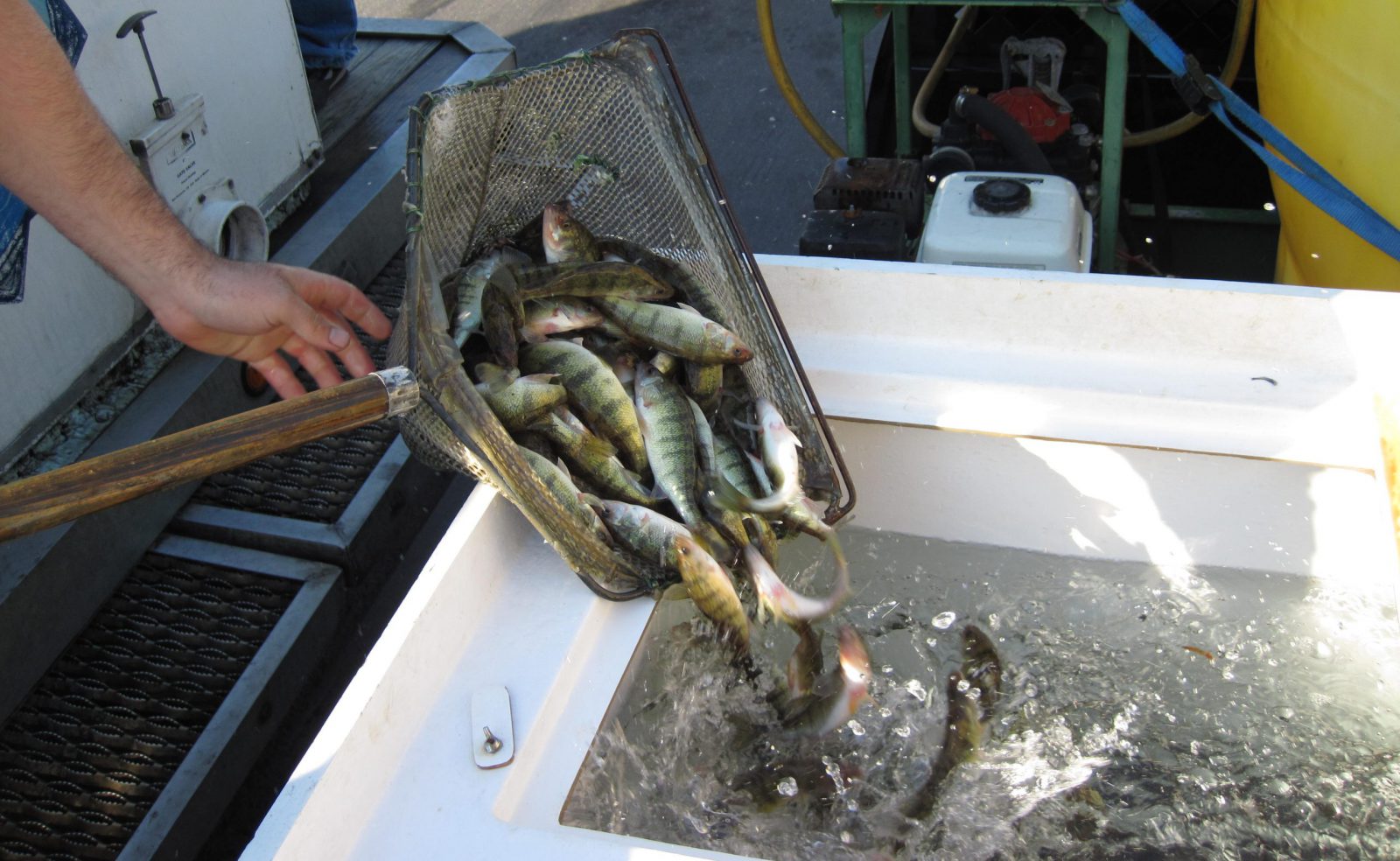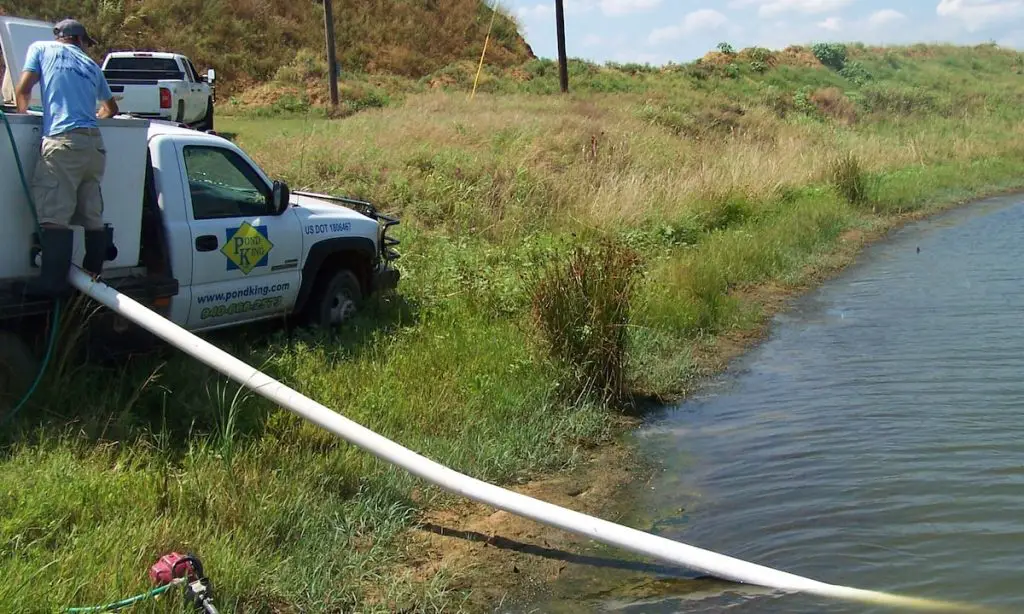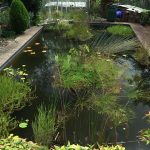Stocking a pond with fish is an exciting and rewarding experience for pond owners. Whether you have a small backyard pond or a larger agricultural pond, adding fish can enhance the ecosystem and provide enjoyment for years to come. In this guide, we will explore the steps involved in stocking a pond with fish, including selecting the right species, preparing the pond environment, and maintaining a healthy fish population.
1. Determine Pond Size and Capacity
Before stocking your pond with fish, it’s essential to determine the size and capacity of your pond. The size of the pond will dictate how many fish it can support and which species are suitable for the environment. Consider factors such as water volume, depth, and available habitat when calculating the pond’s capacity.

Credit: www.solitudelakemanagement.com
2. Choose the Right Fish Species
When selecting fish species for your pond, consider factors such as water temperature, oxygen levels, and feeding habits. Common pond fish species include catfish, bass, bluegill, and trout. Research the specific requirements of each species to ensure they are compatible with your pond environment.
3. Prepare the Pond Environment
Before introducing fish to your pond, it’s crucial to prepare the environment to ensure their survival and well-being. Remove any invasive species or predators that may harm the fish population. Test the water quality and make any necessary adjustments to maintain optimal conditions for fish growth.

Credit: www.thepondguy.com
4. Acquire Fish Stock
Once you have determined the appropriate fish species and prepared the pond environment, it’s time to acquire fish stock. Purchase fish from a reputable supplier that offers healthy, disease-free fish. Transport the fish carefully to avoid stress and acclimate them to the pond water temperature before release.
5. Introduce Fish to the Pond
When introducing fish to the pond, take care to release them gently into the water to minimize stress. Monitor the fish closely in the days following stocking to ensure they are adapting well to their new environment. Provide appropriate feed and monitor water quality regularly to support fish health and growth.
6. Maintain a Healthy Fish Population
To maintain a healthy fish population in your pond, it’s essential to monitor water quality, control algae growth, and prevent overpopulation. Implement a feeding schedule that meets the nutritional needs of the fish species present in the pond. Consider adding aeration equipment to improve oxygen levels and circulation.
7. Monitor and Manage Fish Population
Regularly monitor the fish population in your pond to ensure they are thriving and reproducing successfully. Consider implementing a catch-and-release policy to manage fish numbers and prevent overcrowding. Consult with a fisheries biologist or pond management professional for expert advice on maintaining a balanced fish population.
8. Enjoy Your Pond and Fish
Stocking a pond with fish is a fulfilling experience that can provide hours of enjoyment for pond owners and visitors. Take the time to appreciate the beauty of your pond and the diverse fish species that inhabit it. Create a relaxing environment where you can observe and interact with your fish while supporting a thriving aquatic ecosystem.
Conclusion
Stocking a pond with fish requires careful planning, preparation, and maintenance to ensure a healthy and sustainable fish population. By following the steps outlined in this guide and seeking expert advice when needed, pond owners can create a vibrant aquatic environment that enhances the beauty and value of their property. Enjoy the process of stocking your pond with fish and reap the benefits of a well-maintained ecosystem for years to come.




